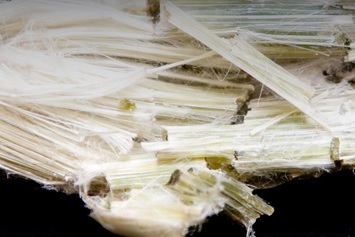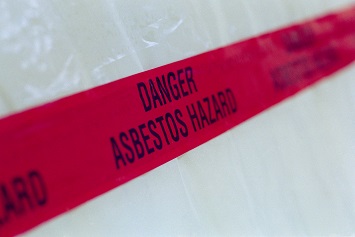As part of a trio of actions taken under the 2016 amendments to the Toxic Substances Control Act (TSCA), the EPA has proposed the first-ever Significant New Use Rule (SNUR) for asbestos.
The proposal lists 16 uses of asbestos that the Agency says are not currently occurring; therefore, under the proposal, any person who intends to manufacture (a term that includes import) or process asbestos for any of these uses would be required to notify the EPA 90 days before taking such action. The notification would initiate EPA’s review of the new use. Should the review indicate that the new use presents an unreasonable risk of injury to health or the environment, the Agency is empowered under TSCA to initiate actions to restrict or even ban that use.
Problem Formulations and Systematic Reviews
The EPA also announced that it has published and will be taking public comments on the problem formulation documents for the first 10 chemical substances undergoing risk evaluation under TSCA (all problem formulation documents are available here). These documents refine the scope documents the Agency published in June 2017 and are an additional interim step before publication of the draft risk evaluations. A problem formulation document for asbestos is included in these documents (the ongoing risk evaluation of asbestos is separate from the proposed SNUR) as well as documents for 1-bromopropane; carbon tetrachloride; 1,4-dioxane; hexabromocyclodecanes (HBCD cluster) in the cyclic aliphatic bromide cluster; methylene chloride; n-methylpyrrolidone; perchloroethylene; pigment violet 29; and trichloroethylene.
The third action is issuance of a document called Application of Systematic Review in TSCA Risk Evaluations. This internal guidance document sets out general principles to guide EPA’s application of systematic reviews in the risk evaluation process for the above 10 chemicals as well as future evaluations.
All New Asbestos Imported
Asbestos has not been mined or otherwise produced in the United States since 2002; therefore, any new raw bulk asbestos used here is imported. According to the U.S. Geological Survey, approximately 300 metric tons of raw bulk asbestos was imported into the United States in 2017. Chrysotile is the only form of raw bulk asbestos currently imported, and the chlor-alkali industry is the only known importer. This industry uses chrysotile asbestos to fabricate diaphragms for use in chlorine and sodium hydroxide production.

When the EPA Must Act
TSCA Section 5 authorizes the Agency to take action to protect the public and the environment from a significant new use of a chemical when:
- The significant new use presents an unreasonable risk under the conditions of use (without consideration of costs or other nonrisk factors and including an unreasonable risk to a potentially exposed or susceptible subpopulation identified as relevant by the EPA).
- The information available to the EPA is insufficient to permit a reasoned evaluation of the health and environmental effects of the significant new use.
- In the absence of sufficient information, the manufacturing (including importing), processing, distribution in commerce, use, or disposal of the substance, or any combination of such activities, may present an unreasonable risk (without consideration of costs or other nonrisk factors, and including an unreasonable risk to a potentially exposed or susceptible subpopulation identified as relevant by the EPA).
- There is substantial production and sufficient potential for environmental release or human exposure.
In 1989, the EPA issued an asbestos phaseout rule. But the courts ruled that the Agency failed to meet the very high standard of proof of harm required by TSCA and vacated the rule. The TSCA amendments provide the Agency with more authority and a lower standard of proof to promulgate a ban. However, with SNUR, the Agency is indicating that a ban is not currently in its plans.

